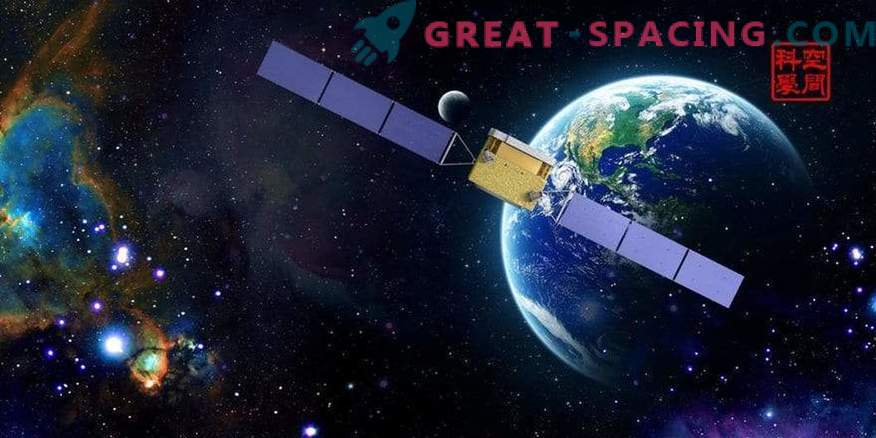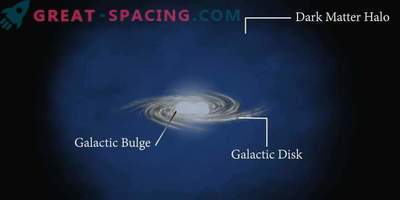
The dark matter particle researcher (DAMPE) presented the first scientific results by accurately measuring the flux of cosmic-ray electrons, in particular, the spectral gap at 0.9 TeV. This information may shed light on the annihilation or decay of dark matter particles.
DAMPE - a project from more than a hundred scientists, technicians and students from nine institutions in China, Switzerland and Italy. This is the first Chinese astronomical satellite sent into orbit on December 17, 2015. It is located at an altitude of 500 km and began to collect information a week after the start.
During the first 530 days of operation, the device recorded 1.5 million electrons and positrons above 25 GeV. The data is characterized by an incredibly high energy resolution and low content of background particle contamination. The first image shows the results in the energy range from 25 GeV to 4.6 TeV.
DAMPE was able to detect a spectral discontinuity at 0.9 TeV with a change in the spectral index from 3.1 to 3.9. Accurately determining the spectrum of electrons and positrons of cosmic rays seriously narrows the space of model parameters, such as approximate pulsars, supernova remnants, or candidates for dark matter particles. The analysis also hints at the presence of a spectral structure between energies 1 and 2 TeV - a possible indicator of neighboring sources of cosmic rays or exotic physical processes.
DAMPE spotted more than 3.5 billion cosmic-ray events with minimal energy. Scientists expect the satellite to register more than 10 billion events in 5 years.
More detailed statistics will make it possible to determine the spectrum of electrons and positrons of cosmic rays up to 10 TeV much more accurately. Researchers will also be able to consider spectral features potentially generated by annihilation or similar astrophysical sources, such as pulsars.
The second image compares the results of the spectra of electrons and positrons of cosmic rays from DAMPE and other observations. This information reflects the satellite’s unique ability to explore a possible new physics or astrophysics due to its high energy resolution and wide coverage.
The mission will continue to study galactic cosmic rays up to 10 TeV. The data is expected to open up new space phenomena in the TeV window.











































